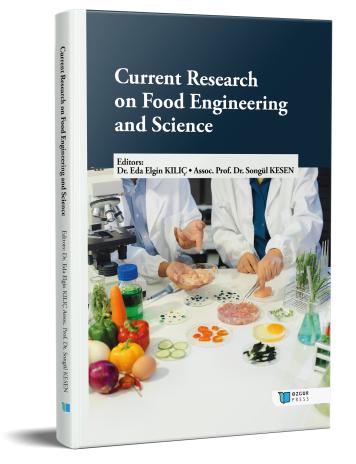
Ohmic Cooking in Food Technology
Chapter from the book:
Kılıç,
E.
E.
&
Kesen,
S.
(eds.)
2025.
Current Research on Food Engineering and Science.
Synopsis
Cooking is an important process for food technology. Many foods must undergo a cooking process before they are consumed. Recently, it has been observed that especially cooked products have become more common in markets. At this point, the method used in the cooking process become more of an issue. Traditional heating techniques in the food industry utilize conduction, convection, or radiation to transfer heat from an environment like water, air, or oil to the food. However, due to the product size and shape, it can take a significant amount of time for heat to reach the center and achieve a safe internal temperature. This often results in uneven cooking, with some areas being overdone while others remain undercooked, ultimately compromising the product’s quality (Kumar et al., 2014). As a result, alternative technologies are needed to address these challenges. Ohmic cooking is a promising emerging method for food processing that offers a potential substitute for traditional heat treatments. This technique produces heat internally by applying an alternating electric current directly to the food, the food electrical resistance produces thermal energy through joule heating. Essentially, in ohmic cooking, the food itself becomes a component of the electrical circuit (Jafarpour et al., 2022). Therefore, ohmic heating and cooking are of interest for food processing and industrial applications (Liu et al., 2007).This study presents the findings of investigations on ohmic cooking, the principle of ohmic cooking, the basic components of ohmic cooking, the advantages of ohmic cooking, the limitations of ohmic cooking, and the comparison of ohmic cooking with conventional cooking and the combination of ohmic cooking with other cooking methods.

